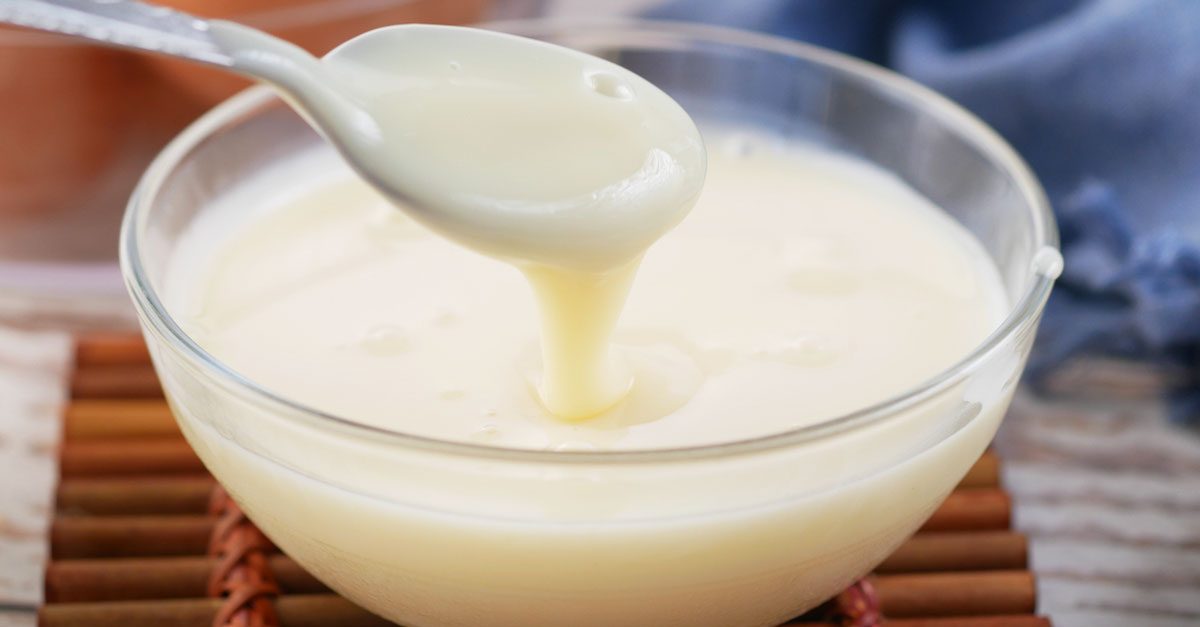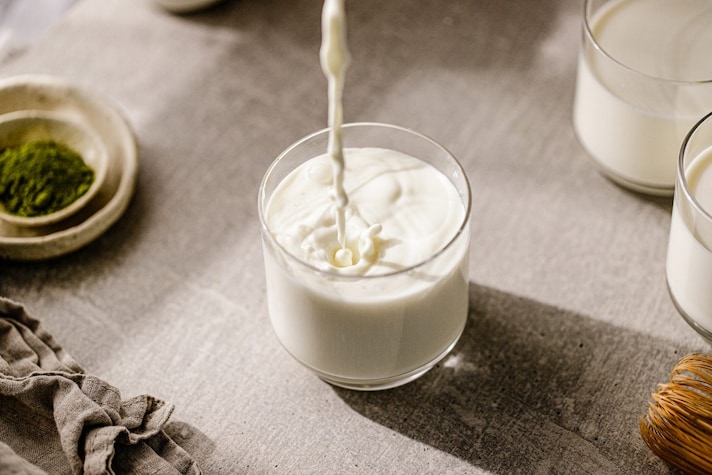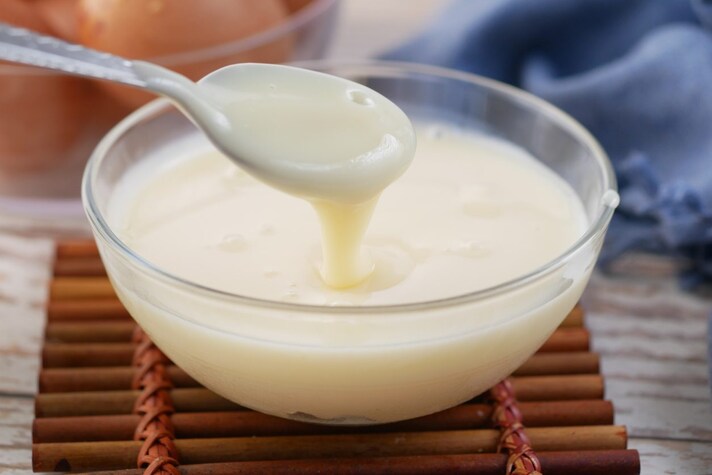Out of Half-and-Half? Here’s What to Use Instead
Half-and-half is a kitchen staple, adding just the right touch of creaminess to coffee, soups, and sauces. But what happens when you’re out of it? Luckily, there are plenty of easy swaps—both dairy and plant-based—that can deliver a similar texture and richness.
;Resize,width=742;)
Half-and-half might not seem like a kitchen essential—until you run out. Whether you need it for morning coffee, creamy soups, sauces, or baking, this simple blend of whole milk and light cream adds just the right amount of richness without being as heavy as full cream. But what if you open the fridge and it’s not there? No need to panic—there are plenty of substitutes that work just as well.
Depending on what you're making, you can mimic half-and-half's texture and fat content using common dairy and non-dairy ingredients. Some substitutes will give you the exact same creaminess, while others might alter the texture slightly but still work in a pinch. Let’s dive into the best options.
1. Whole Milk and Light Cream

If you're looking for the most authentic half-and-half substitute, just mix equal parts whole milk and light cream. This is literally how half-and-half is made, so it will taste and behave exactly the same in recipes. If you have light cream in your fridge, you’re all set.
Best for: Coffee, sauces, soups, baking, and general cooking.
2. Whole Milk and Heavy Cream

No light cream? Mix three parts whole milk with one part heavy cream to create a slightly richer version of half-and-half. It will work just as well in most recipes, though it might be a little heavier. This option is particularly great for recipes where a thicker consistency is preferred.
Best for: Baking, creamy soups, and thick sauces.
3. Skim Milk and Heavy Cream

Want something lower in fat? Try mixing two parts skim milk with one part heavy cream. The heavy cream adds the necessary fat, while the skim milk keeps things on the lighter side. It won’t be exactly like half-and-half, but it will still provide a creamy consistency.
Best for: Coffee, soups, and light sauces.
4. Milk and Butter

If you only have regular milk (whether whole, skim, or 2%), you can add melted butter to mimic the fat content of half-and-half. For every cup of milk, stir in one tablespoon of melted butter. This works in recipes that need richness, though the texture may be slightly thinner.
Best for: Baking and cooking (but not coffee—it won’t mix well).
5. Evaporated Milk

If you keep evaporated milk in your pantry, you're in luck! This canned dairy product has a naturally thick consistency, making it a great stand-in for half-and-half. It’s slightly sweeter than regular milk but works well in most recipes.
Best for: Coffee, sauces, and baked goods.
6. Coconut Milk or Coconut Cream

For a vegan or dairy-free substitute, coconut milk (the canned kind) is a great choice. It has a creamy texture and a hint of natural sweetness. For an even thicker alternative, try coconut cream. These swaps will add a mild coconut flavor, but in many recipes, that’s a bonus.
Best for: Vegan coffee, soups, curries, and desserts.
7. Silken Tofu and Plant-Based Milk

Another great dairy-free option is blending silken tofu with almond, soy, or oat milk. This creates a smooth, creamy mixture that mimics the texture of half-and-half. It also adds protein to your recipe, making it a smart choice for health-conscious cooks.
Best for: Smoothies, soups, and creamy sauces.
8. Greek Yogurt and Milk

If you need a thicker substitute and don’t mind a little tang, try mixing Greek yogurt with milk. Stir until smooth, adjusting the milk-to-yogurt ratio depending on how thick you want it. This works especially well in savory dishes and baked goods.
Best for: Baking, sauces, and creamy dips.
Choosing the Right Substitute for the Job
Not every substitute is perfect for every recipe. If you need a substitute for coffee, stick with whole milk and cream, evaporated milk, or coconut milk. For baking, milk with butter or Greek yogurt can add richness, while coconut cream or silken tofu are the best vegan options.
Half-and-half might be unique, but as long as you understand what it does in a recipe, there’s always a way to work around it.
;Resize,width=767;)
;Resize,width=712;)


